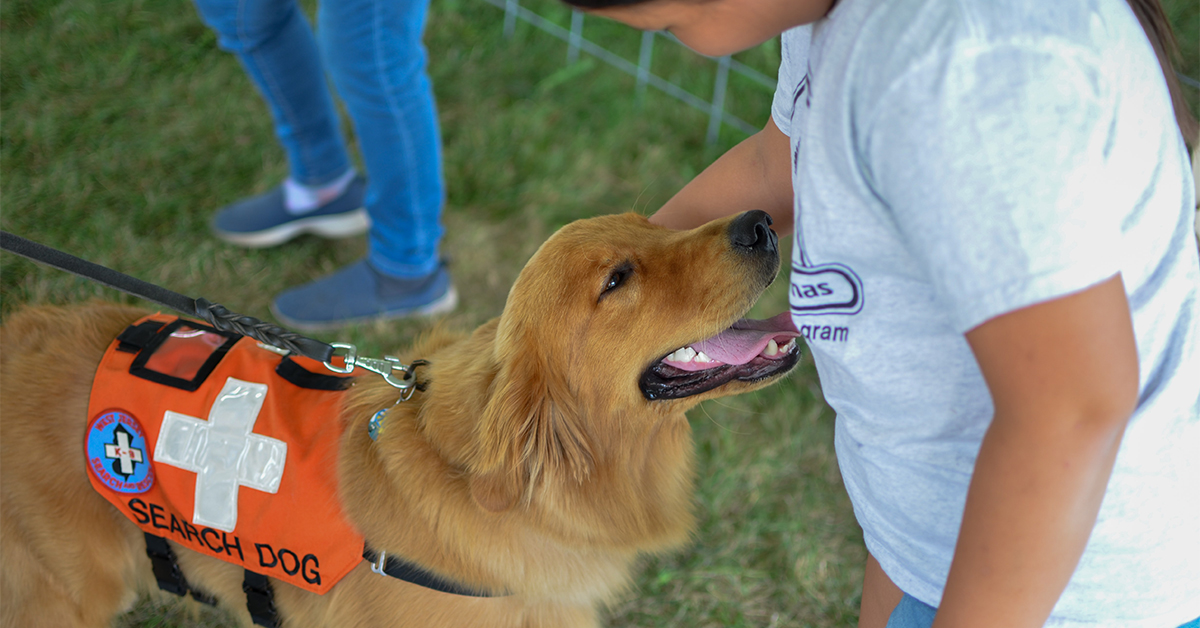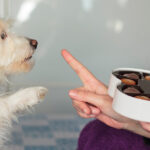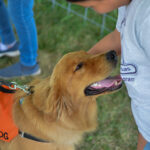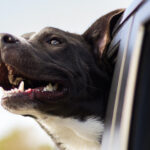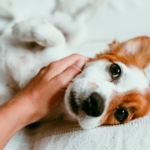Article provided by Pet Scoop – Dog Poop Cleaning Service in Loveland, CO
I’m sure most of us have seen search and rescue dogs on TV shows tracking down lost children. These dogs sniff the air for human scent or sniff an article of clothing and then track the individual’s unique scent.
Search and rescue dogs can be trained to track on both the ground and through the air, but most handlers find it more efficient to train their dogs for one or the other. This means that the most valuable dog teams are those that can switch back and forth between air scenting and trailing as conditions require.
All humans, alive or dead, constantly emit microscopic particles carrying human scent. These particles are carried by the wind for long distances.
AIR SCENT DOGS
An air scent dog is one of the most frequently encountered types of search dog. This dog finds lost people by picking up traces of human scent that are drifting in the air, and looks for the “cone” of scent where it is most concentrated. The air scent dog may not discriminate scents well. A false alarm might occur if other people (searchers, citizens) are nearby. Air scent dogs work best in situations such as large parks or private lands that are closed at the time, since the dog will home in on any human scent. The success of an air scent dog will be affected by a number of factors, including wind conditions, air temperature, time of day, terrain, and presence or absence of contamination (auto exhaust, smoke, etc.).
TRAILING DOGS
Many people call the trailing dog a “tracking” dog, but that’s not technically correct. The trailing dog is able to follow both airborne and ground-borne scents. It will usually be directed to find a specific person by following minute particles of human tissue or skin cells cast off by the person as he or she travels. These heavier-than-air particles, which contain this person’s scent, will normally be close to the ground or on nearby foliage, so the trailing dog will frequently have its “nose to the ground.”
Bloodhounds are typically trained to follow a scent trail. Each dog is given a scent article belonging to the missing person and then let loose on the trail. At times, dogs may track footsteps; other times, they may home in on scents in the air.
Field contamination (scent of others) should not affect his work. He should be able to trail scents on pavements, streets, grass, water, etc. If there is a good scent article and a point where the person was last seen, a trailing dog can be the fastest way to find the victim.


